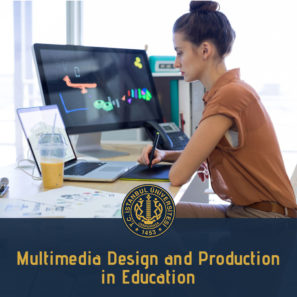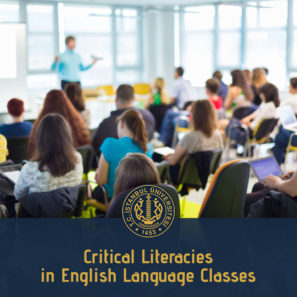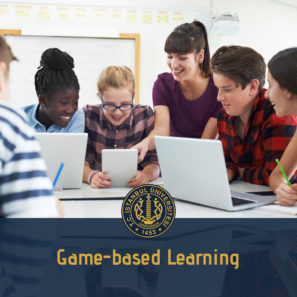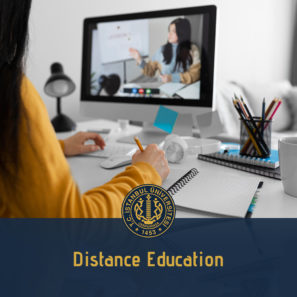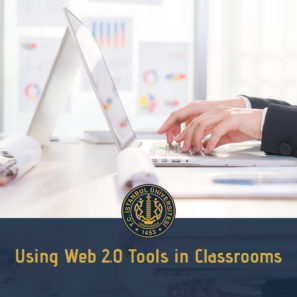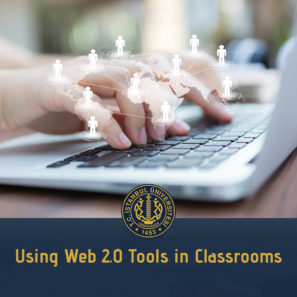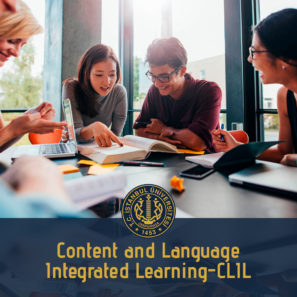Preparatıon:
It will be useful for every participant to gather some information about an outdoor learning environment (a park, an aquarium, a factory, a museum etc.) from their local areas or cities according to their professions if they will not have a chance to reach this information online. Some brochures, pictures, and knowledge about what is inside the area can be convenient.
The participants might find it useful to read some of the below listed reading material before joining the training as well:
- Bell, P., Lewenstein, B., Shouse, A. W., & Feder, M. A. (2009). Learning science in informal environments: People, places, and pursuits. Washington DC: National Academies Press.
- Behrendt, M., & Franklin, T. (2014). A review of research on school field trips and their value in education. International Journal of Environmental & Science Education, 9, 235-245.
- Eshach, H. (2007). Bridging in-school and out-of-school learning: Formal, non-formal, and informal education. Journal of Science Education and Technology, 16 (2), 171-190.
- Higgins, P., Loynes, C., & Crowther, N. (Eds.)(1997). A guide for outdoor educators in Scotland. Adventure Education, Penrith. ISBN 1 874637 04 0.
Course descrıptıon
The outdoor learning connection provides a framework for students to experience guided, integrated learning across the curriculum in natural environments. Students have the opportunity to gain unique and specific benefits from outdoor learning. Outdoor learning engages students in practical and active learning experiences in natural environments and settings, and this typically takes place beyond the school classroom. In these environments, students develop the skills and understandings to move safely and competently while valuing a positive relationship with natural environments and promoting the sustainable use of these environments.
Outdoor environments provide meaningful learning opportunities to learners. The most important point of outdoor learning is the connection between the school curriculum and the outdoor environment. If the teacher makes this connection well, students’ cognitive, affective and kinetic areas can be affected positively. The field trips to outdoor environments also must be planned in detail and well prepared beside this connection. Three important preparation periods can be mentioned; before, during, and after the field trip. Every period has private specialties and needs different kinds of activities to help teachers to teach the program. By this course, the participants will see the different real and virtual outdoor learning environments, the preparation for outdoor experiences in these areas, and the different activities for before, during, and after field trips. Lesson plans will be created for different aims and different outdoor learning areas. The assessment will focus on. It will be emphasized how important the integration of the school curriculum is to an alternative learning environment.
Methodology
During the course, besides the explanation of theoretical knowledge about outdoor learning, real and virtual outdoor learning environments, discussions about the activities that can be done in outdoor learning environments will be held. Methods that encourage the cooperation of the participants will be used. It will ensure that teachers from different disciplines work together to design outdoor learning activities. Teachers who have knowledge about outdoor learning environments will also have the opportunity to experience their knowledge in different outdoor learning environments during field trips. Individual and group work will be performed and activities will be planned before, during, and after the field trip according to the aims.
Learnıng Outcomes
The main aim of this course is to foster excellence and innovation in education by equipping teachers with the basic knowledge and skills to integrate outdoor education activities in their education programs. Therefore, participants who successfully complete the course will be able to:
- define the concepts of outdoor education and learning.
- get acquainted with the key elements and growing trends related to outdoor education and teaching outside the classroom
- Learn and discuss the principles of outdoor education
- know the scope and importance of outdoor learning.
- Experience and practice teaching methods and techniques suitable for outdoor learning environments.
- Learn how to design, plan and deliver outdoor learning activities
Follow-up
The participants will be required to develop their own outdoor learning-based lesson plans by group work or individually according to the number of participants after the theoretical part of the course. They will present their plans to whole participants and create learning materials for the outdoor learning process. Feedback and suggestions will be given. They will have a chance to make self and peer assessments.
Specıfıcs
This course aims for participants to gain detailed knowledge about outdoor learning and outdoor learning environments. Participants’ professions and needs can be different. Therefore flexibility can be provided in the program. Field trips can be changed or increased according to participants’ specific professions or areas of interest.
Course Venue
İstanbul University- Cerrahpaşa Continuing Education Center
Ataturk Arboretum
Museums in İstanbul
Course Date
| Date | Course Times | Course Content |
| Day1 | -Information about outdoor learning
-Key principles and benefits of outdoor learning -Real and virtual outdoor learning environments -How to design, plan and deliver outdoor learning activities Things to do before field trips Things to do during field trips Things to do after field trips -Assessment of outdoor learning |
|
| Day2 | Detailed information for outdoor learning environments -museums, science centers, zoos, botanical gardens, planetariums, aquariums, industrial establishments, national parks, science camps, natural environments | |
| Day3 | Practical work: designing and planning outdoor learning activities | |
| Day4 | Field Trip 1- Atatürk Arboretum | |
| Day5 | Field Trip 2- One museum in İstanbul | |
INSTRUCTORS
Program Coordinator
Instructors
The number of partIcIpants
5 – 15 participants
CertIfIcate
Digital certificate.
Type of EducatIon - Place
Face to Face or Distance Education
PAYMENT
You can choose one of the following payment methods EFT and Credit Card.
BANK ACCOUNT INFORMATION
Euro Account
Banka Adı (Bank Name): TC Halk Bankası
Şube Adı (Branch Name): Cerrahpaşa
Hesap No (Account ): 0058 1000 60
SWIFT: TRHBTR2A
Explanation: İstanbul Üniversitesi Cerrahpaşa Sürekli Eğitim MerkeziEUR İBAN: TR51 0001 2001 5300 0058 1000 60
İlgili ürünler
Erasmus+ KA1 Courses
Erasmus+ KA1 Courses
Erasmus+ KA1 Courses
Erasmus+ KA1 Courses
Erasmus+ KA1 Courses
Erasmus+ KA1 Courses
Erasmus+ KA1 Courses
Erasmus+ KA1 Courses


